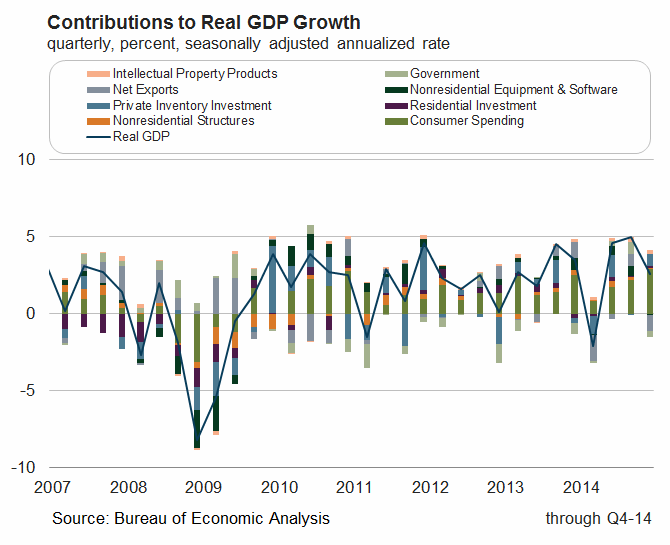I’m sitting in a long US dollar currency play against the
New Zealand dollar that I must admit has been very good to me of recent. The
position is one that I’ve been leaning against whenever I saw any short-term (intraday)
inclinations of the dollar appreciating. Well more and more, over the past few
weeks, I’ve been finding less and less short US dollar trades in my usual
hunting grounds against the Australian dollar, the Euro, and the Pound Sterling.
It was to the point that I had to start re-evaluating my short- bias stance on
the US dollar. I started my search for fractal patterns that clearly repeated
themselves in my shorter-timed charts, and the corresponding nascent stages of
those same patterns in my longer-timed charts. At the same time I start parsing
through the news headlines as the data statistics roll out for signs of an
overall change in the sentiment of the numbers. As of now, (backward looking)
economic statistics are still showing ‘slow and steady’ progress with US economic
growth, and by extent, the rest of the world.
The dollar has had a fairly extended period of steady gains
against most major trade partners. This has been supported by the air of uncertainty
that has lingered over the global economy since the recovery began back in late
2009. Most recently, I have stepped forward and called for a reversal of the
dollar’s upward trend. This idea was being supported by the relative
improvement in US economic data versus that of most trade counterparts, and the
implications the Federal Reserve were telegraphing for monetary policy. The
most recent development in the narrative is the perceived influence that
financial market risk, global economic sentiment ex-US, and international
institutions like the International Monetary Fund have over US monetary policy.
This latest layer of complexity suggests that there are more elements of
uncertainty in global financial considerations, and so more reason for
investors to proceed with caution.
The investment portfolio implication is renewed support for
a long US dollar bias. Not necessarily because of American economic
outperformance, but because the US dollar is a relatively safe asset to hold
over time. The same can be said for most other safe haven assets like the
Japanese Yen and the Swiss Franc. The exception being gold; as inflation
expectations remain well anchored in the US and across most of the developed
world, and because it behaves more like a commodity rather than a hedge for financial
uncertainty at this juncture. Equities should benefit in the medium term as
easy monetary policy at most major central banks continue to depress interest
rates, and by virtue the rates at which future cash flows of companies are
discounted by to generate current stock prices.







